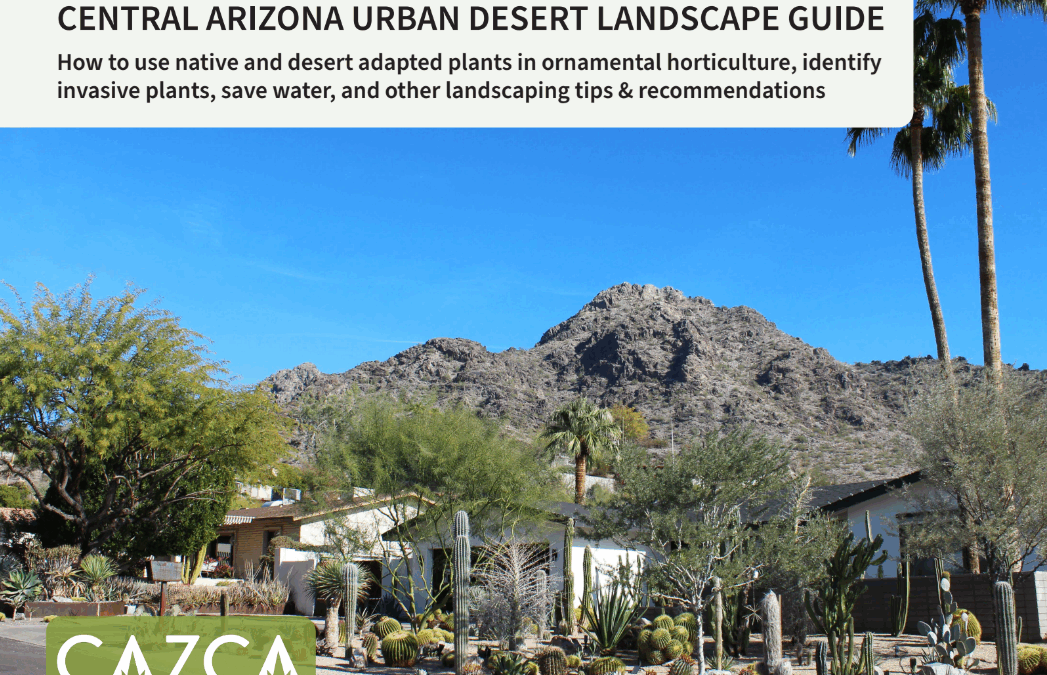
by Debra Agnew | Sep 10, 2025 | Uncategorized
Are you a desert garden enthusiast? We’ve got great news! Whether you’re new to desert gardening and wondering where to begin, or a native Arizona gardener looking for inspiration, our new gardening guide has you covered!
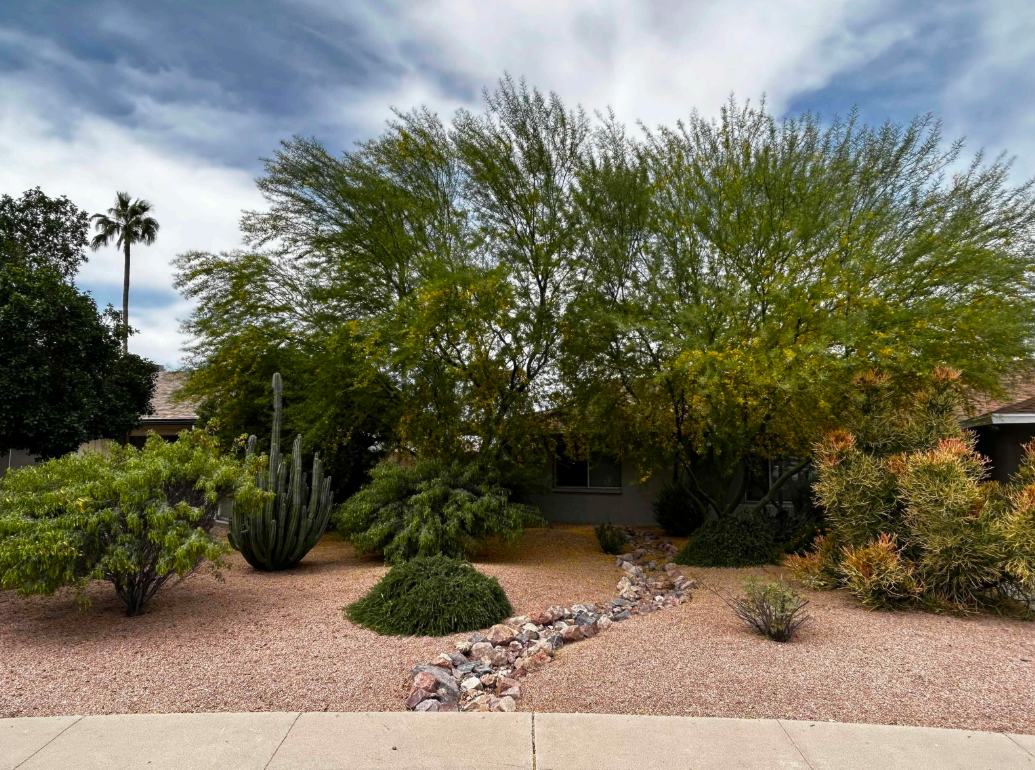
CAZCA and members of the Urban Desertscape Enhancement working group teamed up to release the Central Arizona Urban Desert Landscape Guide, available now for free! The guide features more than 100 native and drought tolerant plants that are aesthetically pleasing and work well for ornamental horticulture in the desert, and includes recommendations and resources to help you make the most of your landscaped spaces.

In addition, this guide will help you identify and keep your garden clear of invasive species, choose how to harvest water for your garden, choose plants that attract pollinators, care for trees, make decisions about turf installations, and more.
You can view and download the PDF guide here.
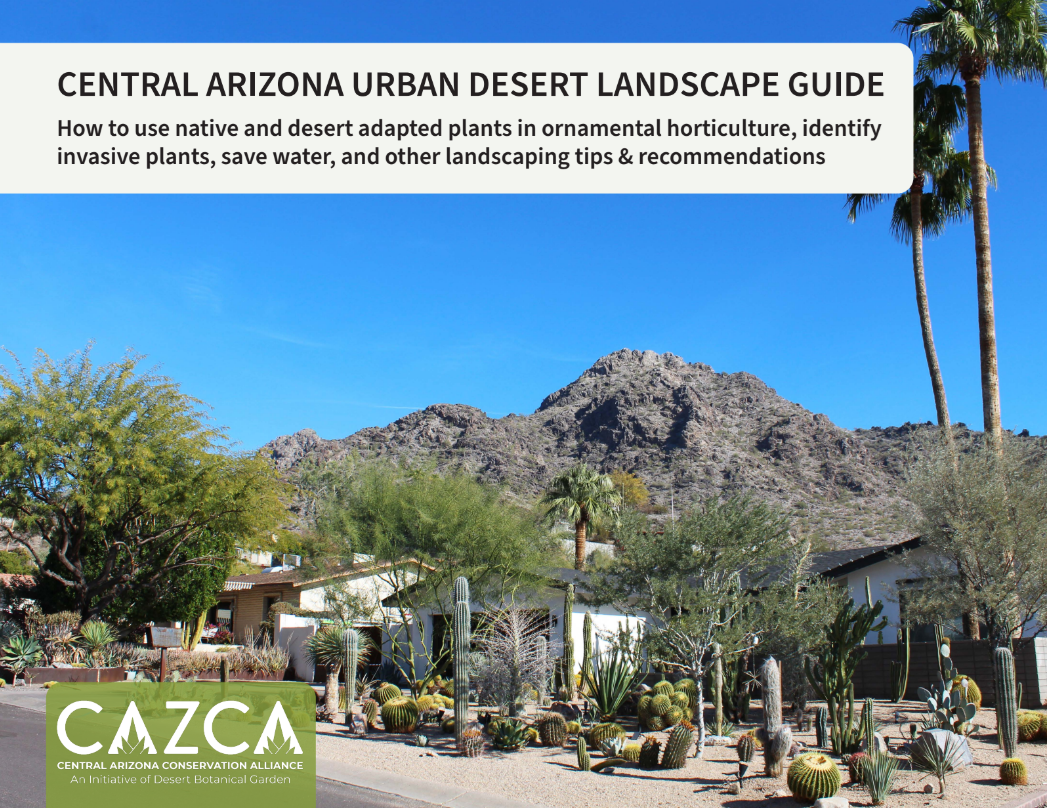

by Debra Agnew | Aug 11, 2025 | Uncategorized
In fall 2024, CAZCA continued its efforts to provide valuable work experience to young adults in STEM fields by offering a Collaborative Conservation internship. Thanks to generous donor Avnet Cares, three interns contributed to CAZCA’s various key projects over the course of eight months, where they gained a depth and breadth of knowledge and hands-on experience advancing conservation goals in our communities. Working with CAZCA partners also allowed interns to try a variety of activities, collaborate with staff and partners to come up with creative solutions, and gain unique insights into how different organizations and groups operate.
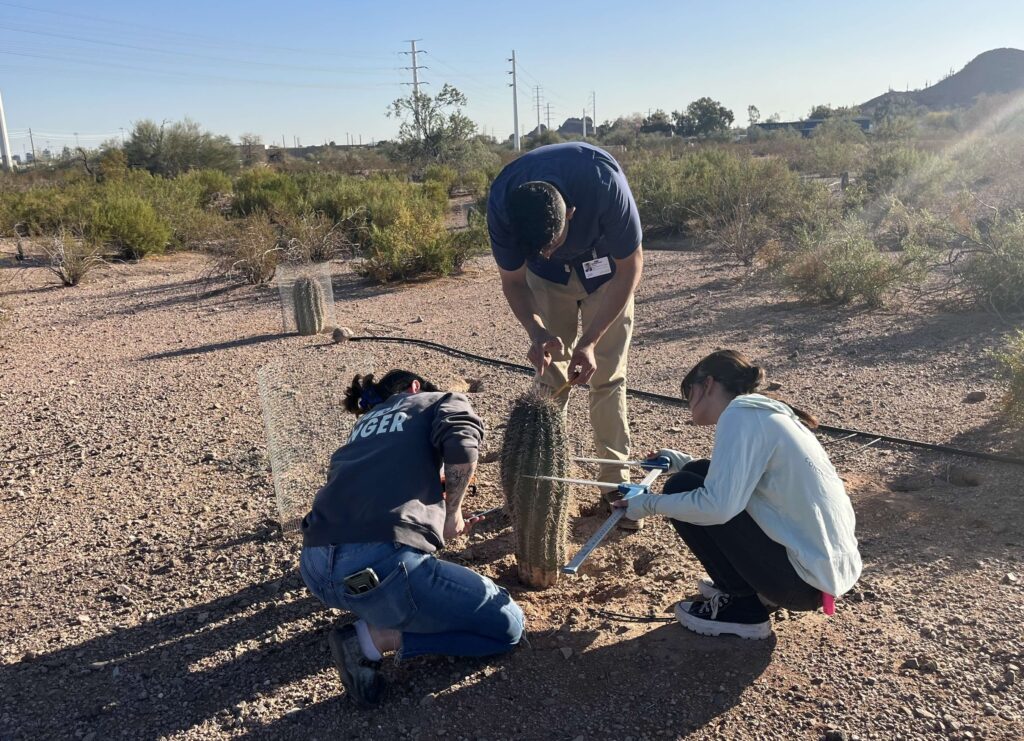
Alexa
With Arizona as her home state, Alexa is passionate about protecting Arizona’s native species. The internship has helped her gain valuable work experience in encouraging community involvement in conservation action, and spreading awareness about conservation concerns.
Melanie
Currently, Melanie is pursuing a Master’s degree in Biology to help address the illegal and unsustainable wildlife trade. The internship allowed her to experience a range of conservation practices and skills in a variety of settings with our partners, providing valuable insight into specific career paths that impact wildlife trade.
Sebastian
A true steward of the Sonoran desert, Sebastian is dedicated to pursuing his passion for and obligation to the environment and its preservation. Through the internship and work with CAZCA partners, he was able to practice community outreach, education and action in conservation work.
The intern’s involvement in key projects included working in Desert Botanical Garden’s molecular lab to contribute to conservation of an Arizona native orchid species; mapping and removing invasive plant species with SW-IFL, and removing invasive snail eggs from the lower Salt River with Tonto National Forest; restoring native plants by planting Desert milkweed, collecting native seeds at the Rio Salado Habitat Restoration area; doing trail and park maintenance at multiple locations; assisting CAZCA with outreach via public engagement, social media and educational printed materials; participating in data collection for Saguaro research and community science projects; and so much more. Interns performed their work at Chandler Nature Center, Rio Salado Habitat Restoration Area, North Mountain, Estrella Regional Park, and other important sites in Maricopa county.

After concluding their work, Interns recognized that collaborative conservation spurs innovation, creates accountability between partners, and increases conservation action through shared resources. They have met their desire “to expand… knowledge and experiences within the field of conservation and environmental science” and “contribute to the research, expand education efforts, and coordinate community building” (Final Report). The interns also contributed significantly to CAZCA’s Regional Open Space Strategy: Protect & Connect, Sustain & Restore, Love & Support, and Coordinate & Elevate.
To learn more about the internship read their Final Report!
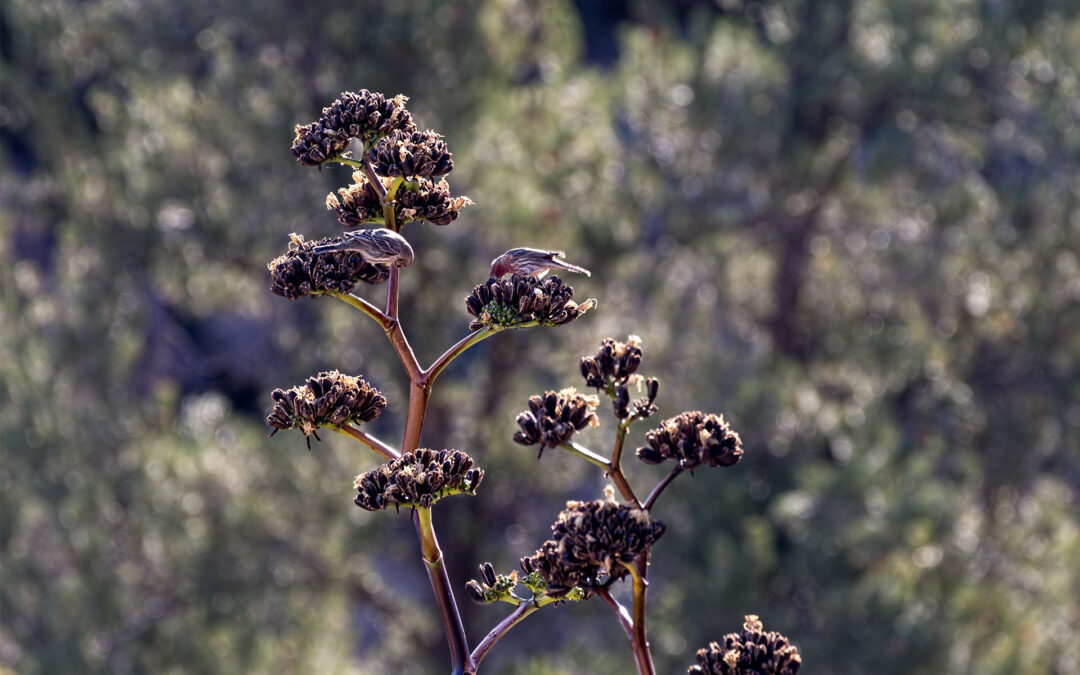
by Debra Agnew | Dec 16, 2024 | Uncategorized
Arizona State University, the Arizona Wildlife Federation, and the National Wildlife Federation have partnered up to learn more about who is gardening for wildlife and why. This research, detailed in a blog by the Arizona Wildlife Federation, highlights the critical role that wildlife conservation plays in maintaining healthy ecosystems and focuses on the environmental and societal impact of residential yards. Studying the design and management of residential landscapes allows us to gain a deeper understanding of what motivates residents to create these wildlife-friendly gardens, as well as what challenges they have faced in doing so.
Learn more about their research by reading the blog below!
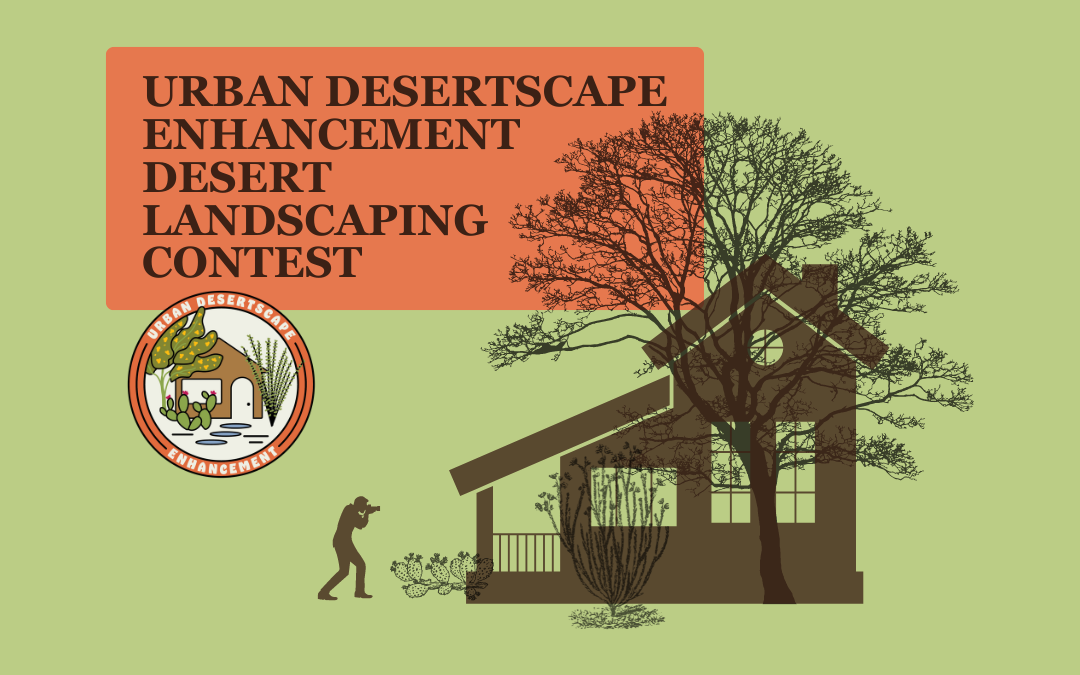
by Debra Agnew | Sep 5, 2024 | Uncategorized
Does your house have the best desert landscaping? Submit photos of your property for a chance to win fun prizes! The winner will have their property featured on the cover of our upcoming Urban Desert Landscape Enhancement Guide! This guide is being created by CAZCA with funding from the Stanley Smith Horticultural Trust, the Guide will teach property owners about using native plants in ornamental horticulture, low water use plants, water capture, and other topics.
Several houses will be selected to feature in the guide, the top three will receive prizes and the first place winner will be featured on the cover.
Central Arizona Conservation Alliance’s Urban Desertscape Enhancement working group promotes education and awareness of native landscaping.
Learn more about our working group and the contest below!

by Debra Agnew | Jul 23, 2024 | Uncategorized
Are you an Arizona educator teaching grades 3-8? Central Arizona Conservation Alliance (CAZCA) is now offering science educators an opportunity to earn three continuing education credits as part of our free course! Science educators will have the opportunity to learn new skills and ways to implement storytelling within their classrooms by attending one of our in-person classes.
We will be hosting two in-person classes at the end of this summer, where educators will have the opportunity to learn from specialists with backgrounds in storytelling, environmental education, and more!
Learn more and register by clicking the button below. If you have questions please contact cazca@dbg.org
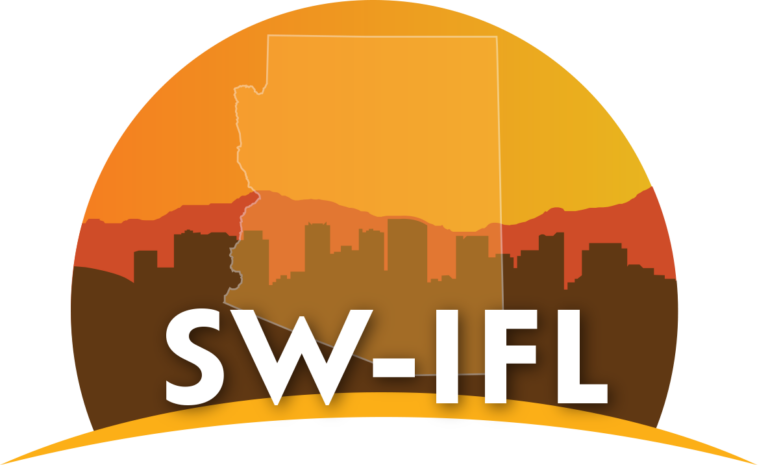
by Debra Agnew | Jul 16, 2024 | Uncategorized
Did you know annual plants to tell us where greenhouse gas hotspots are? Central Arizona Conservation Alliance (CAZCA) has partnered with the Southwest Urban Corridor Integrated Field Laboratory (SW-IFL) to collect annual plants throughout the Phoenix Metro area for research to identify these hotspots.
Greenhouse gasses, a result of fossil fuel combustion, is one of the leading contributors of climate change. When fossil fuels are burned, they release large amounts of greenhouse gasses, including carbon dioxide, methane, and more, into the air and can be absorbed by plants.
Over the past few months, the CAZCA, Sky Island Alliance, and the Northern Arizona University SW-IFL team, accompanied by a strong volunteer force, have been collecting samples of annual plants all throughout Arizona, uploading photos and identifications to iNaturalist, and sending the samples to be lab tested for carbon levels.
By collecting and observing widely distributed annual plants, we are able to identify the locations of many greenhouse gas hotspots by measuring the amount of carbon in the plants. Plants that are closer to fossil fuel sources, or greenhouse gas hotspots, will have less carbon than those further away. By using annual plants instead of perennials, scientists will be able to compare year to year changes in greenhouse gas emissions. This data, when paired with SW-IFL’s Hestia project data, could help cities and stakeholders when developing climate change action plans to target and monitor greenhouse gas sources.
Learn more about SW-IFL and their current projects below.
The Southwest Urban Corridor Integrated Field Laboratory (SW-IFL) is just one of four such field laboratories funded by the Environmental System Science Program of the U.S. Department of Energy. For more details on the program, visit the DOE Urban IFL home page.
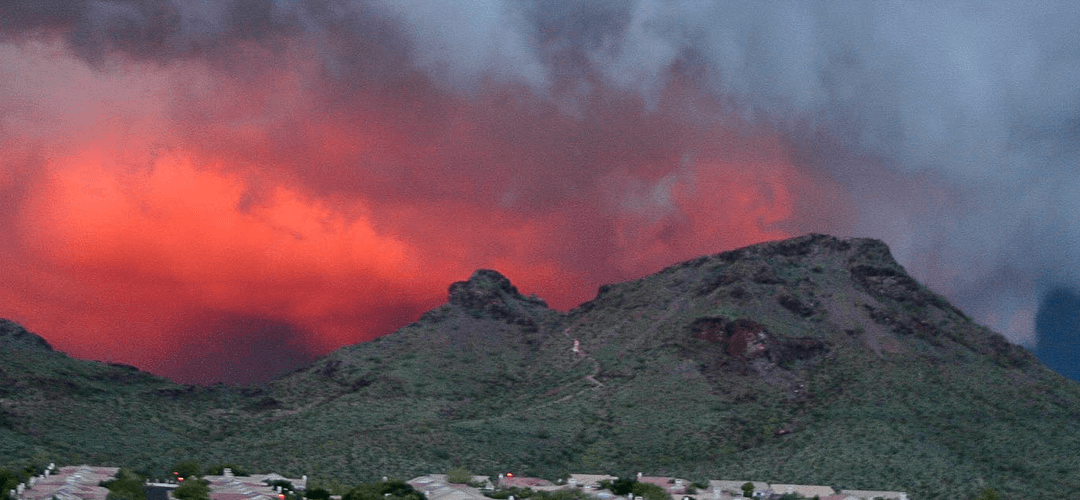
by Debra Agnew | Jun 6, 2024 | Uncategorized
Have you been wondering why there has been an increased number of wildfires throughout Arizona over the past few years? Southwest Fire Science Consortium (SWFSC) has recently released a report on this recent uptick, and identifies invasive grasses as one of the leading culprits for these fires.
Why are these plants so bad? When invasive plant species are introduced, they can overtake entire landscapes, crowding out native plants and creating a monoculture. The Sonoran Desert typically presents as a desert scrub or desert shrubland biome. The plants in these spaces can be widely spaced or patchy in their distribution with open areas in between. These open areas make it difficult for fire to spread, making the desert somewhat fireproof. As invasive plant populations grow the open spaces between plants fill in making it easier for fire to spread, shifting the naturally fireproof desert scrub to a grassland, and our naturally fireproof desert becomes more fire prone.
These invasives contribute to what is called the grass-fire cycle. Invasive grasses can spread and establish themselves quickly; they burn very hot, carry wildfires further than they may naturally go, and recover quickly after a fire. Native Sonoran Desert plants, on the other hand, can take several years to recover after a wildfire. Over time, invasive populations result in greater likelihood for wildfires to start and increase the size of future fires, limiting the ability for native plants to reestablish themselves. As the grass/fire cycle continues, our ability to control the invasive plant populations decreases, and wildfires start to occur more frequently, outside of the typical fire season (May-June).
Read SWFSC’s full report below to learn more about these invasive grasses, what the future of our desert looks like, and what we can do.
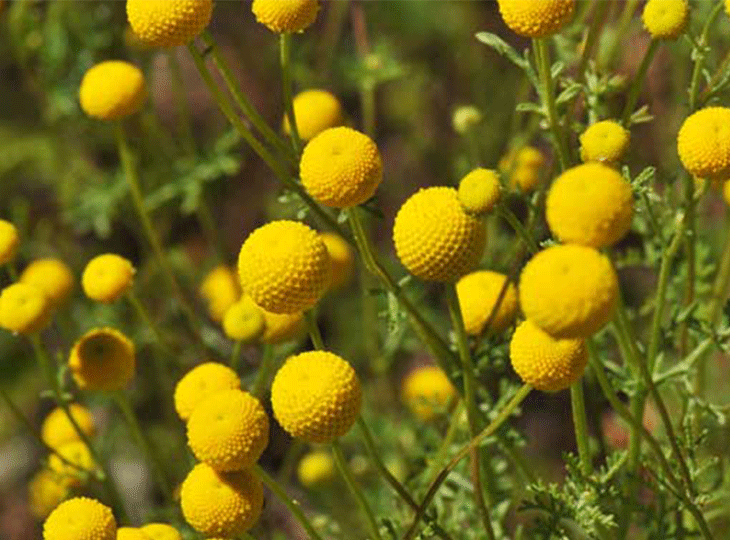
by Debra Agnew | May 22, 2024 | Uncategorized
Have you seen, or maybe smelled, this plant? Stinknet (Oncosiphon piluliferum) has been popping up all across the valley this year, and poses a lot of threats to the ecosystem and the community.
Central Arizona Conservation Alliance is excited to announce the newest addition to our website, a page dedicated to educating the community on how to identify and manage stinknet! As a collaborative, we have joined forces with many of our partners to create a “hub” for resources about stinknet including information on identification, management and mitigation, allergens, resources for land managers, and more.
Visit our new stinknet page to learn all about this invasive species. Only YOU can stop the spread of stinknet!
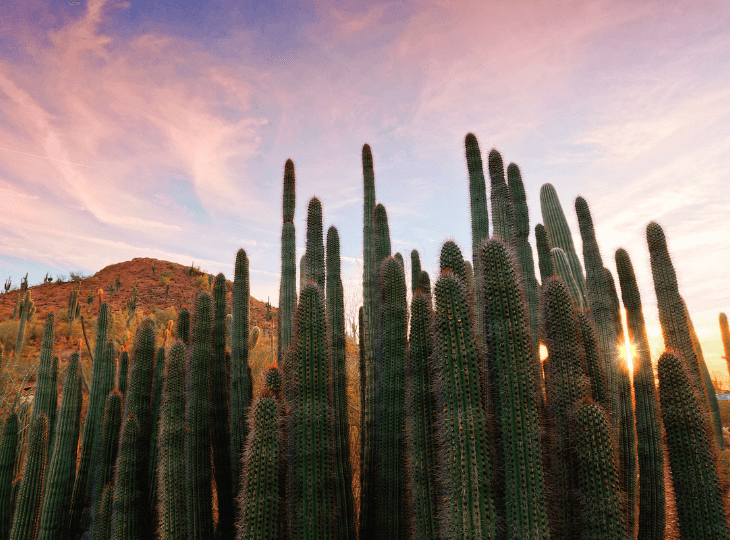
by Debra Agnew | Oct 13, 2023 | Uncategorized
CAZCA is in the process of starting a new social media series where we will feature some of the amazing women in science throughout Central Arizona. Join us as we celebrate their remarkable contributions to the field and share their inspiring stories. Discover the passionate individuals who are pushing the boundaries of scientific knowledge and making a difference in our local community.
Stay tuned for our upcoming posts and get ready to be inspired!
If you are a woman in science or would like to nominate one, please fill out the form below!
Follow us on Facebook and Instagram to keep up with the latest news and events from CAZCA, and to learn more about these amazing women!




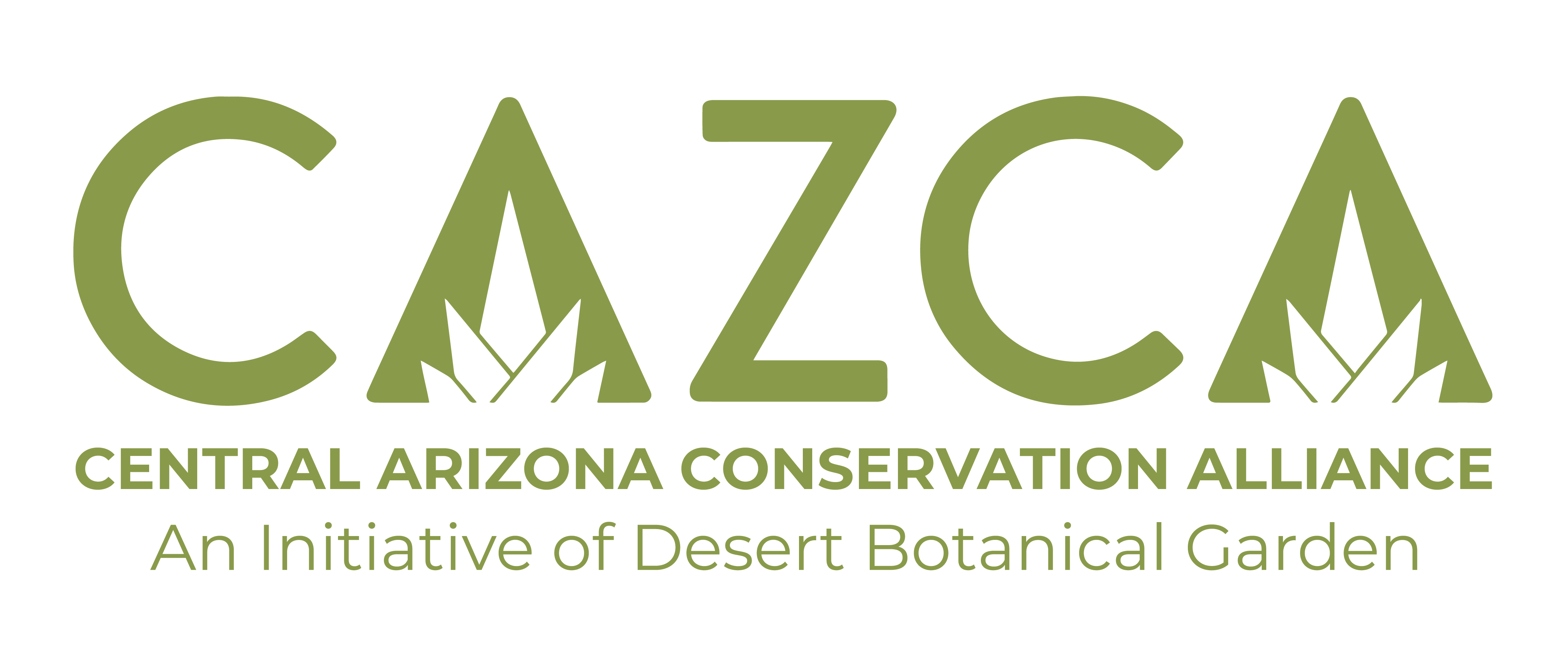











Recent Comments